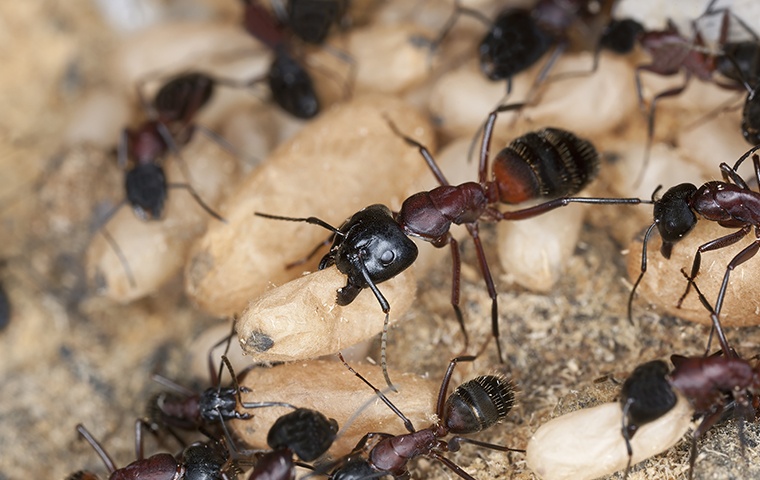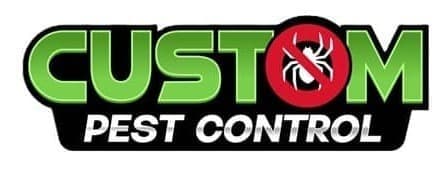What are wood-destroying insects?
Species of insects that invade wooden structures to either feed on or build nests inside are wood-destroying insects. Wood-destroying insects are responsible for causing billions of dollars in damages every year and are pests that no homeowner wants on their property or inside their home.

Two common species of wood-destroying insects living in our Toney, Alabama service area, are the carpenter ant and carpenter bee. Both species do not feed on the wood they are attacking, but use wooden structures as nesting sites.
Are wood-destroying insects dangerous?
Wood-destroying insects are more dangerous to properties than they are to people. The damage they can cause to a wooden structure that they have invaded may become extensive and costly for homeowners to repair.
With regard to carpenter bees, females are not aggressive but do have stingers, and their venom is strong enough to trigger allergic reactions in some people. Always take care around carpenter bees and any other species of stinging insect.
Why do I have a wood-destroying insect problem?
Wood-destroying insects have decided to call your property home because it is providing them with suitable nesting sites that are near food sources. Carpenter ants gravitate to properties that offer easy access to food such as open trash containers, compost, pet food, and gardens.
Carpenter bees like to live on properties with older or bare pieces of wood where they can build their solitary nests. They also like properties with lots of flowering vegetation on which to feed. Additionally, carpenter bee nests attract woodpeckers that like to feed on their larvae, damaging the pieces of wood further, as they try to access the larvae.
Where will I find wood-destroying insects?
Wood-destroying insects mainly live and nest outside. Carpenter ants prefer to nest in pieces of wood damaged by water, or that is decaying. Dead trees and stumps, rotting fence posts, and old piles of wood are common nesting sites. They sometimes find their way into homes while foraging for food. Once inside, they are attracted to moisture-damaged structural wood located behind walls and under floors. Carpenter ants create satellite nests inside near food sources to help expand their colonies.
Carpenter bees prefer to nest outside in bare or weathered pieces of wood. Wooden structures like fences, decks, wooden shingles, roof eaves, wood play structures, and wooden outdoor furniture are places where you can find carpenter bees nesting. These wood-destroying insects also like to nest in trees and structures made of softwoods like cedar or pine. Carpenter bees create solitary nests and often will return to the same nest or area year after year, adding to the damage.
How do I get rid of wood-destroying insects?
Get rid of wood-destroying insects in your home by partnering with the trusted experts at Custom Pest Control. For over 20 years, we have been helping home, and business owners maintain pest-free properties. If you are looking for a personal approach to pest control, look no further.
At Custom Pest Control, we customize our residential and commercial pest control programs to meet the unique needs of each of our customers. Let our family protect your family from North Alabama’s toughest pests! For more information about our wood-destroying insect control service, reach out to Custom Pest Control and speak with one of our friendly professionals today.
How can I prevent wood-destroying insects in the future?
The best way to prevent problems with wood-destroying insects is to partner with a professional and implement the following prevention tips in and around your Huntsville home:
-
Remove fallen trees, tree stumps, and other wooden debris from your yard.
-
Varnish, stain, or paint any wooden structures on your property.
-
Remove older or decaying wooden structures from your property.
-
Place metal flashing on the end of deck boards.
-
If possible, use hardwoods to build structures on your property instead of softwoods.
-
Store garbage cans and compost bins away from the outside of your home. Make sure they have tight-fitting lids.
-
Keep insects out of your home by sealing gaps in the roofline and cracks in the foundation and exterior walls.
-
Fix any leaky hoses or outdoor fixtures.
-
Reduce moisture levels in your home by utilizing dehumidifiers.
